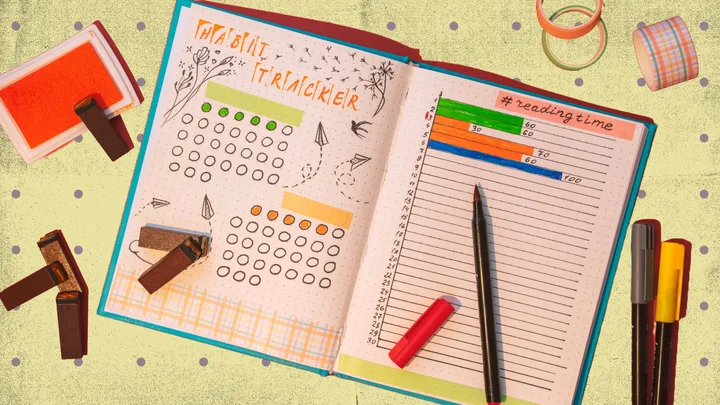Storytelling is a fundamental part of being human. We all love a good tale, a brilliant film, a gorgeous song, and a cosy book. What is journaling but a way to tell yourself your own story? From regular diary-keeping to keeping a structured bullet journal, journaling is understood to be a complementary exercise for positive mental health.
A study published in JMIR Mental Health (2018) found that expressive writing for 15 minutes a day over three days significantly reduced anxiety and stress in participants. A 2006 study in Advances in Psychiatric Treatment found that writing about emotions and thoughts helped regulate mood and decreased symptoms of depression. A 2021 study reported that gratitude journaling improved overall well-being and reduced symptoms of burnout.
So whether you’re looking to kick goals in 2025, stay organised or discover a new outlet, read on to learn everything about journaling/
What are the different types of journaling?
There are many types of journaling, so much so that often, it can be overwhelming! With all the rules around bullet journaling, is it possible to do it wrong? Do you have to write an entry every night? Truthfully, the way you journal is as unique as you. If you love an organisation system and thrive on to-do lists, then bullet journalling could be for you. However, if you prefer a more free-flowing narrative style, then expressive writing could be your go-to.
Here are some of the main categories of journaling:
- Daily journaling: Just regular journaling! You don’t have to do it daily (unless you want to). It doesn’t follow any specific format or structure — it’s simply writing down your thoughts, experiences, and reflections in an unfiltered way. It can be done in any style — long entries, short notes, or even lists. This is the most traditional and flexible form of journaling, perfect for anyone who just wants to write without rules.
- Gratitude journaling: Focuses on writing things you’re grateful for daily. Focusing on the good parts of your day can help to cultivate a positive mindset and reduce stress.
- Bullet journaling: A mix of a planner, to-do list, and diary. Uses bullet points, symbols, and trackers to organise life and goals. It can be good for tracking your habits and increasing productivity.
- Expressive writing: Involves writing about thoughts and emotions freely. Helps with processing emotions, trauma, and self-reflection.
- Morning pages: This is a concept from The Artist’s Way by Julia Cameron. It involves writing three pages of stream-of-consciousness thoughts each morning. The practice aims to help clear mental clutter and boost creativity.
- Dream journaling: As it implies, this is recording dreams immediately after waking up. Many find it a cathartic creative exercise. However, it’s not ideal for those who don’t dream often or can’t remember their dreams!
- Travel journaling: Again, a little self-explanatory. If you love travelling, writing about your experiences can help preserve your memories and thoughts while traveling. It doesn’t have to be limited to writing; you can sketch what you see, include photos, etc.
- Art journaling: Not everyone loves to write. Some love to doodle or express their thoughts or experiences through artwork. An art journal can be a creative mix of writing, doodles, painting, and collage. It’s a totally valid form of journalling that is great for self-expression and stress relief.

What is bullet journaling?
One particularly popular form of journaling in recent years is the bullet journal. It has been around since the 90s and has a cult-like following of dedicated (and organised) fans.
Bullet journalling – or BuJo as it’s known on the internet – started out as the practice of creating checklists in a journal. Since then, it has grown to incorporate intricate designs, daily affirmations, mood trackers, habit logs and goal boards.
Whilst the bullet journal can be customisable in just about every way, for a beginner, don’t overwhelm yourself.
Key elements of a bullet journal
At its very core, the way a bullet journal works is by creating an index and various logs. From there, you can build out your journaling practice. But to begin with, here are the key elements of bullet journaling.
- Index: In a nutshell, the index is just a running list of what you’ll find in your journal and where. As you write in your journal, flick back to your index to jot down a short description of what you’re writing about and the page number. This will help you keep track of your thoughts and find information easily down the track.
- Future log: Spanning several months into the future, this log is typically one page where you keep an agenda of upcoming events and goals.
- Monthly log: Your monthly log is a more detailed overview of your month-to-month agenda. You can split this log up into events and tasks.
- Daily log: The daily log is the heart of bullet journaling. This is where you’ll jot down your daily agenda and tasks. Each day gets its own dedicated section where you bullet down tasks.
- Collections (optional): Besides your index and your logs, you can also add collections to your bullet journal. A collection is a page dedicated to a specific topic. You can let your imagination run wild when it comes to these pages, but most commonly, collection pages revolve around reading lists, meal planners or even a bucket list.

How to start a bullet journal?
Whilst it may be tempting to race out and load up on tapes, stickers, pens and markers, at its very core, all you need to start bullet journalling is a dot grid notebook and a dedicated pen.
Once you’ve got your supplies, the next step is to consider what exactly you want to use your journal for. Though from its inception, the bullet journal was invented as a to-do list, it can also serve as a diary, goal tracker, business planner, and so much more.
Once you’ve decided upon the purpose of your journal, you’re ready to put pen to paper.
2025’s top journals for bullet journaling and beyond
- The Plotline Journal, $38.99, The Plotline (here’s why)
- Papier Gratitude Journal, $57, Papier (here’s why)
- Kikki.K Journal Goals, $39.99, Kikki.K (here’s why)
The best journals for 2025
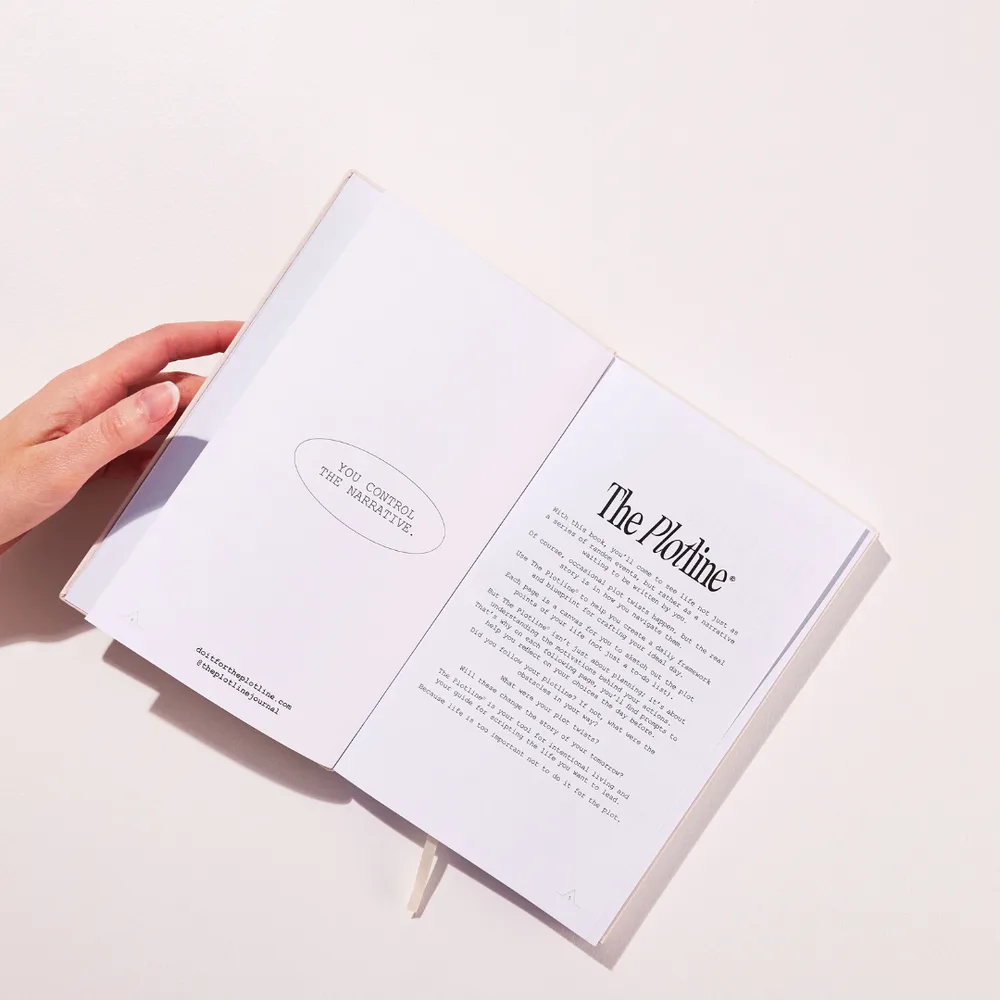
01
The Plotline Journal
from $38.99 at The Plotline
Best for: the screenwriter
If you’ve always felt that your story would make for an epic cinematic masterpiece, now is your time to shine with The Plotline Journal.
One customer described it as: “A fun and creative way to journal and plan your day like a screenplay in acts. It has structure for those that need it and lots of room for creativity for the free thinker.”
Founded by content creator Meghan McTavish, it is a unique and innovative journal which aims to help “shift your perspective about becoming a protagonist in your own story with every decision shaping your plot.” So you can embrace your life’s twists and turns!
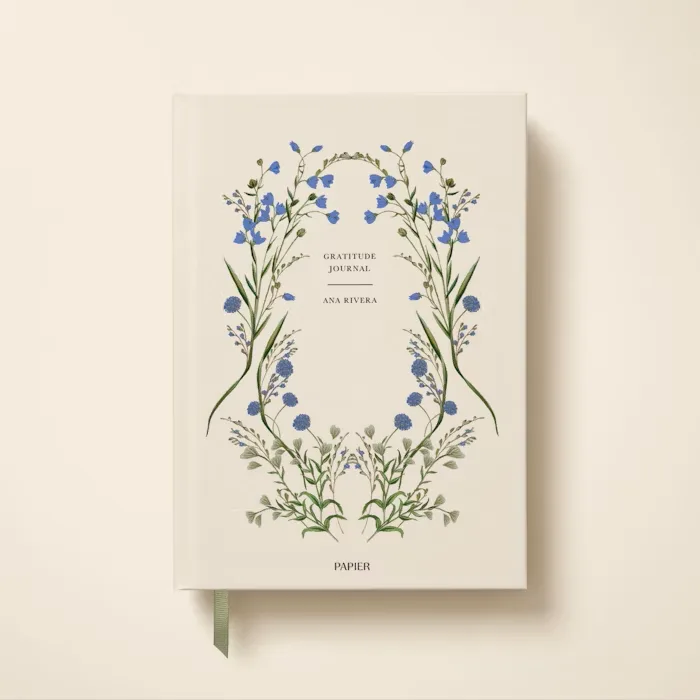
02
Papier Gratitude Journal, in Cornflower
from $57 at Papier
Best for: the romantic writer
Papier offers a range of gorgeous journals. We particularly love this design, which evokes Jane Austen vibes. However, Papier has plenty of designs to fit your style.
Its Gratitude Journal range includes daily prompts, activities and mottos to help you find happiness and joy in your day. If you’re on a wellness journey, you could instead opt for Papier’s Wellness Journal, which includes pages for goal setting and tracking habits. Almost like a bullet journal!
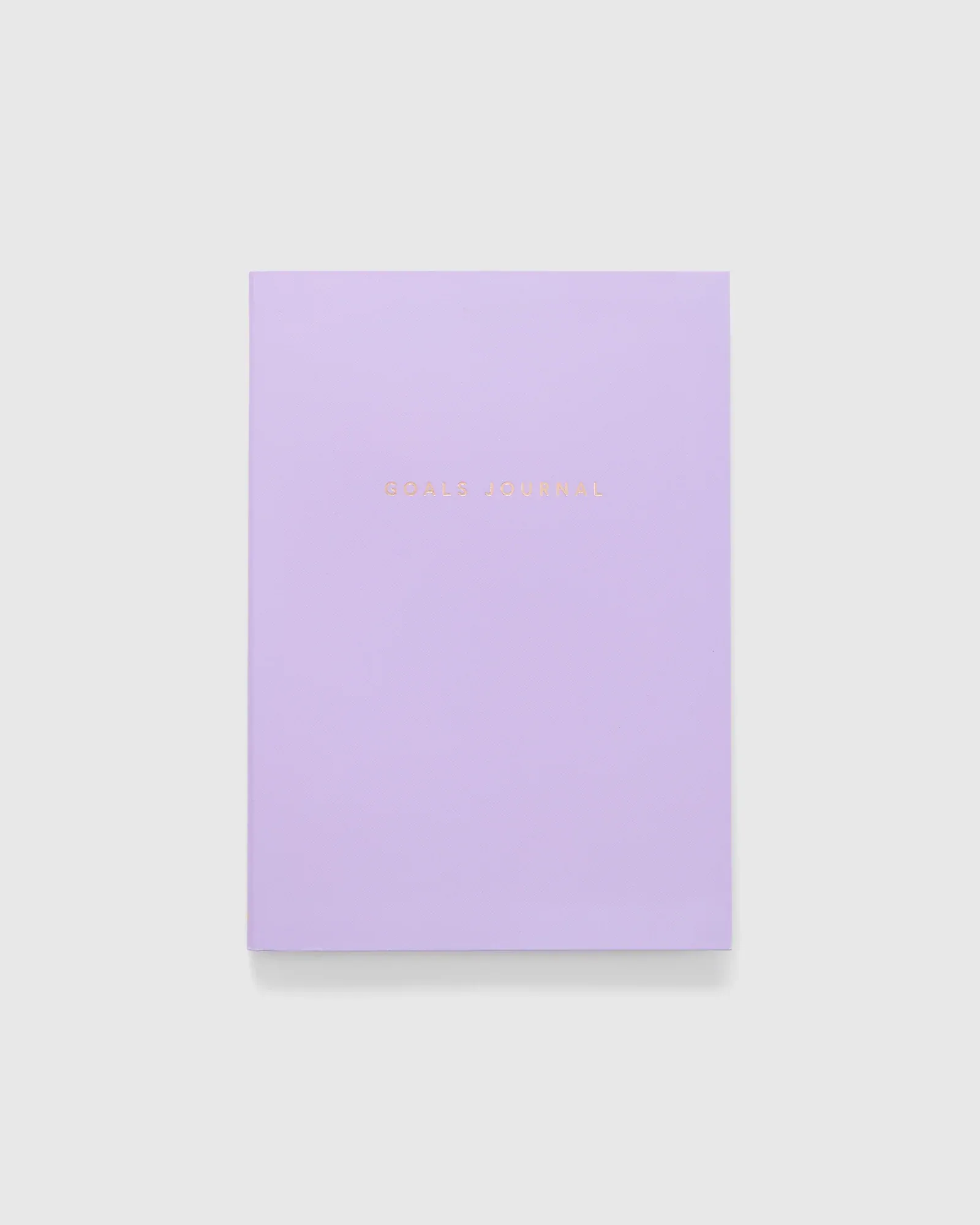
03
Journal Goals in Lavender
from $39.99 at Kikki.K
Best for: The goal-setter
If you want to give bullet journaling a go, this could be your pick! Available in this dreamy lavender hue or a no-nonsense black, this 90-day focus journal enables users to commit their goals to paper using HR’s favourite goal-setting acronym SMART (Specific, Measurable, Achievable, Relevant, and Time-bound).
There are daily action and reflection pages to check in and goal-setting tips and exercises. So, if you need a kickstart to your goals in 2025, this journal is the gentle hand you may need to get yourself into gear. Plus, it’s cute.
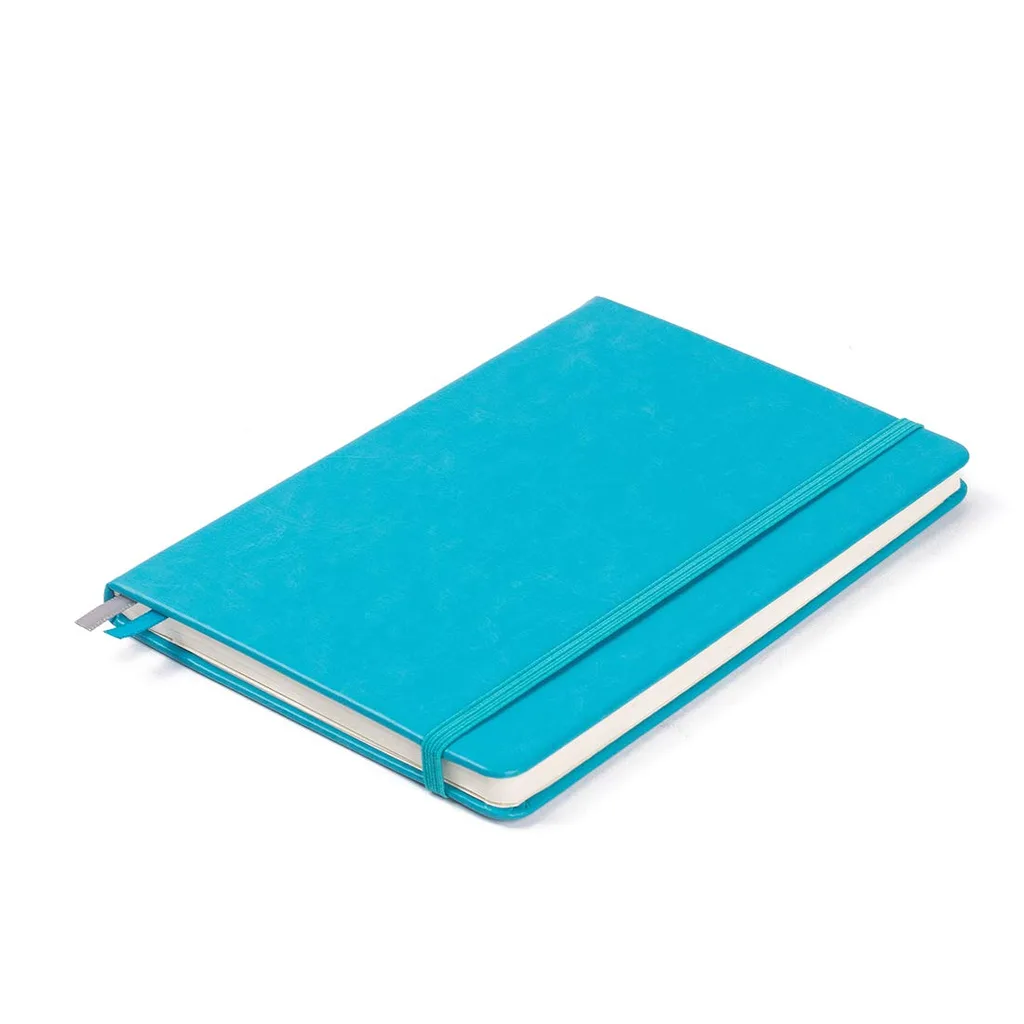
04
Guissi Classic Dotted Grid Bullet Notebook Journal
from $16.88 at Amazon.com.au
Best for: bullet journal beginner
This hardcover notebook is the perfect starting point for bullet journaling. In place of classic lines, it features dots which you can map out to charts, to-do lists, graphs, and more. Your creativity is the limit!
